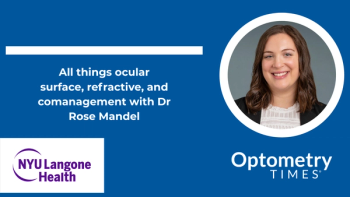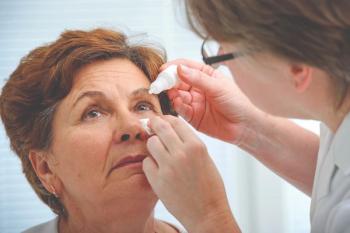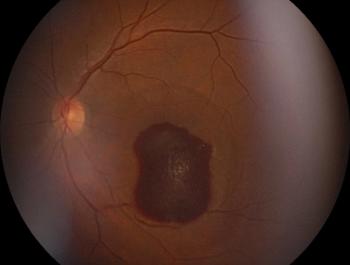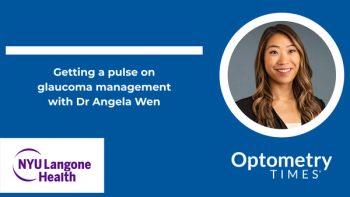
AOA 2025: Microplastic toxicity and its impact on the eye
Andrew E. Chan, OD, and Daisy Chan, OD, FAAO, discussed microplastic toxicity in the eye at Optometry's Meeting in Minneapolis, and focused on risks associated with long-term contact lens wear and topical therapies.
Microplastics have become an increasingly significant pollutant since their introduction in the 20th century. A recent investigation into the ubiquity of plastic microparticles, defined as having a diameter of less than 5 mm, as they affect the eye found that microparticles have been found in major human organs in humans.
Andrew E. Chan, OD, and Daisy Chan, OD, FAAO, discussed this topic at Optometry's Meeting in Minneapolis, Minnesota, and focused on microplastic toxicity in the eye.
Microparticles are everywhere. The main sources seafood, table salt, bottled water, and bottled tea and energy drinks. Besides ingestion, the particles also can be inhaled and absorbed through the skin. Chan and Chan pointed out that the roadways have the highest amount of atmospheric microparticles, with yearly consumption through ingestion and inhalation estimated to be from 74,000 to 121,000 particles.
Commonly used products that contain microbeads such as hand cleansers, body scrubs, face masks, and toothpaste contain nanoplastics smaller than 100 nanometers that can possibly get through the dermal barrier.
Impact on the eye and other organs
The potential pathways for the microparticles to enter the eye include the eyelid, conjunctiva, and corneal epithelium. The investigators noted that eye care products such as contact lenses and eye drops can shed microparticles; microparticles can especially be shed after contact lenses have been exposed to sunlight, leading to ocular surface disease. Microparticles have been found in the vitreous humor and may have entered through a compromised blood/eye barrier.
The circulatory system is a means of transportation of microparticles, which have been found in the spleen, colon, liver, lungs, feces, placenta, breast milk, and blood samples.
In the eye, Chan and Chan reported that the potential correlated ocular findings include increased intraocular pressure; aqueous humor opacities, retinopathy, and possibly vascular occlusive disorders. The clinical manifestations of ocular surface diseases related to microplastic toxicity can mimic dry eye disease with decreased tear production and increased ocular surface staining; meibomian gland dysfunction and conjunctivitis also may be present.
The investigators noted the importance of a thorough patient history taking that includes the long-term use of eye drops and contact lens wear. Patients who wear contact lenses and those treated with drops for glaucoma are at higher risk of microparticle toxicity.
Management and prevention of microparticles
In addition to the thorough history taking of patients and a comprehensive ocular evaluation, close monitoring of any ocular damage is advised. Preventive ocular measures include regular eye cleaning and safe handling of contact lenses to minimize ocular exposure to microplastics. Contact lenses should be replaced at recommended intervals and be minimally exposed to sunlight. Contact lens cases and bottles of eye drops should be discarded regularly.
Water sources can be treated with chemical, photocatalytic degradation to dissolve or degrade microplastics.
“Biodegradable plastics may be a promising alternative to conventional plastics in a multitude of applications that include food and pharmaceutical packaging materials. If biodegradable materials were used in the production of contact lenses and bottles of eye drops, ocular exposure to microplastics would be reduced. Substantially more research is needed to verify the effectiveness and plausibility,” the authors commented.
Newsletter
Want more insights like this? Subscribe to Optometry Times and get clinical pearls and practice tips delivered straight to your inbox.



















































.png)


